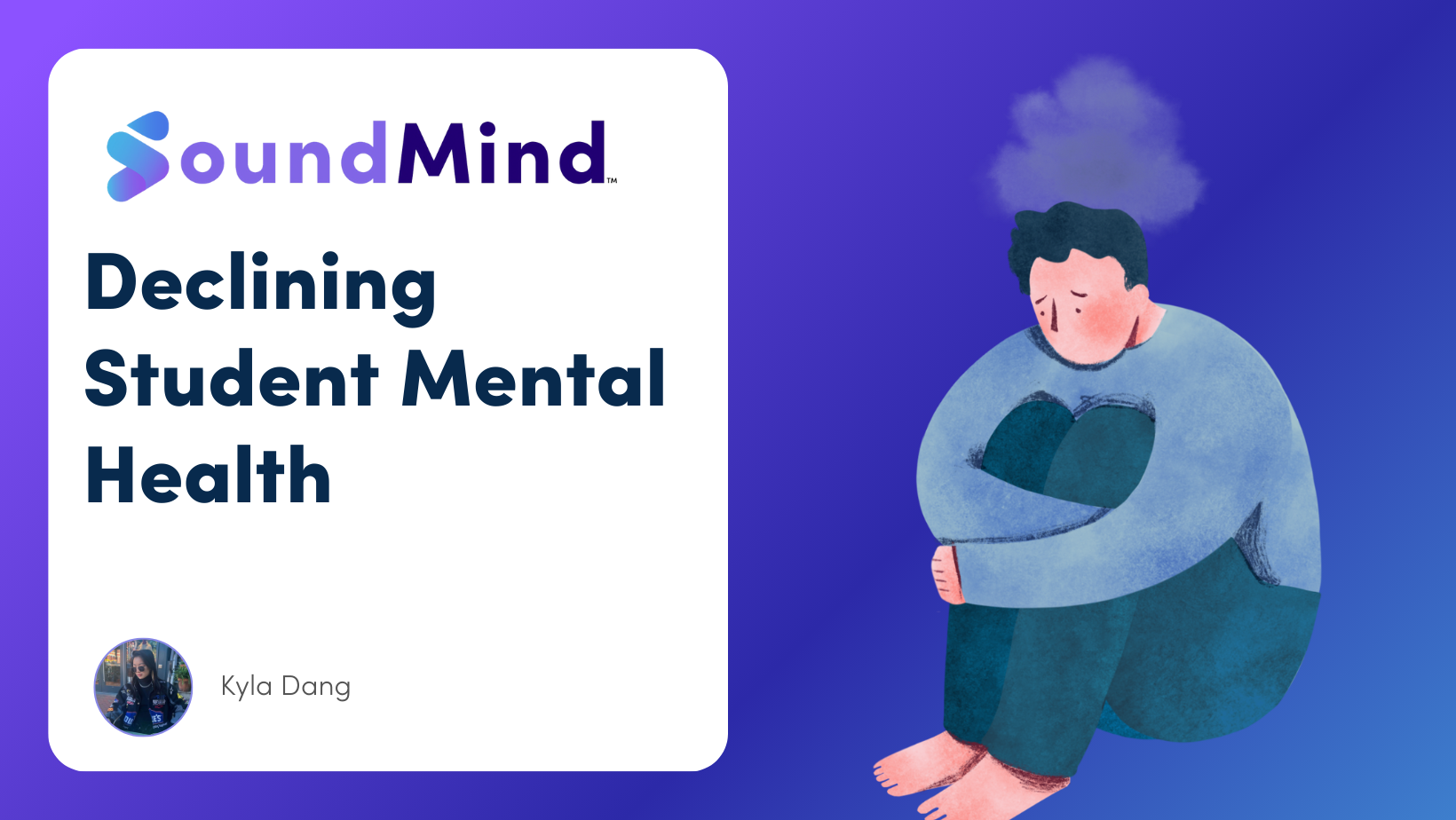Posted on September 12, 2023 by Kyla Dang


A study conducted by the CDC from 2011-2021 showed:
The youth mental health crisis is worsening, and without taking any action, the current trend shows that percentages will continue to increase. This starts with making changes now, in the classrooms, to give students the tools that they need to thrive and be confident in themselves. To be active listeners, show them genuine support, and be willing to make changes, is to truly care about the wellbeing of our students, and is something that every educator should prioritize. When students succeed, they feel empowered to keep going—if they’re constantly made to fail, it only sows doubt and leads to low self-esteem.
Students that feel more connected at school to their peers and teachers are less likely to experience risks related to substance abuse, mental health, violence, and sexual behavior. It’s important for all students to feel like they belong somewhere and that they are connected to their peers—because this has long-lasting effects on their success, socialization, and mental health in general. Teachers can help students feel more connected by having activities in the classroom to help them get to know other students, having check-ins with students, and monitoring their classroom’s overall mood using the SoundMind Administrator Hub.
Students are often busy, tired, stressed, and growing into adults alongside their education, which can lead to a lot of overwhelming feelings and pressure. As educators, we can equip our students with the mental health tools and the resilience to make it through life’s challenges, by being supportive, understanding, empathetic, and reasonable in the classroom. By making time for students to talk about their mental health and discuss with peers in a supportive environment, educators can create a safe space in which students can grow in non-academic ways.
Tools like SoundMind’s Hub allow students to access mental health tools and guided listening lessons, as well as give teachers a way to see the overall mood of their classrooms with AI-generated suggestions on how to improve. This can be a valuable resource to teachers who want a deeper insight into their classroom, without compromising student privacy.
Student mental health is declining, and without taking action, the trend shows it will only get worse. Educators can make a difference in the classroom by being active listeners and supporting their students in non-academic ways. Holding space for mental health talks or weekly check-ins with the classroom can be a great start in getting students to prioritize self-care alongside academics and their personal life. By teaching students to take care of themselves, teachers can give them good life-long habits that extend far beyond the classroom, and fight back against the youth mental health crisis.
Have you tried out our research-backed binaural beats on the SoundMind app? Download for free here!
Thank you for reading “Piece of Mind”! If you liked this post, share it with a friend and help us increase our positive impact on Gen-Z mental health 🙂
Subscribe to receive blog updates!